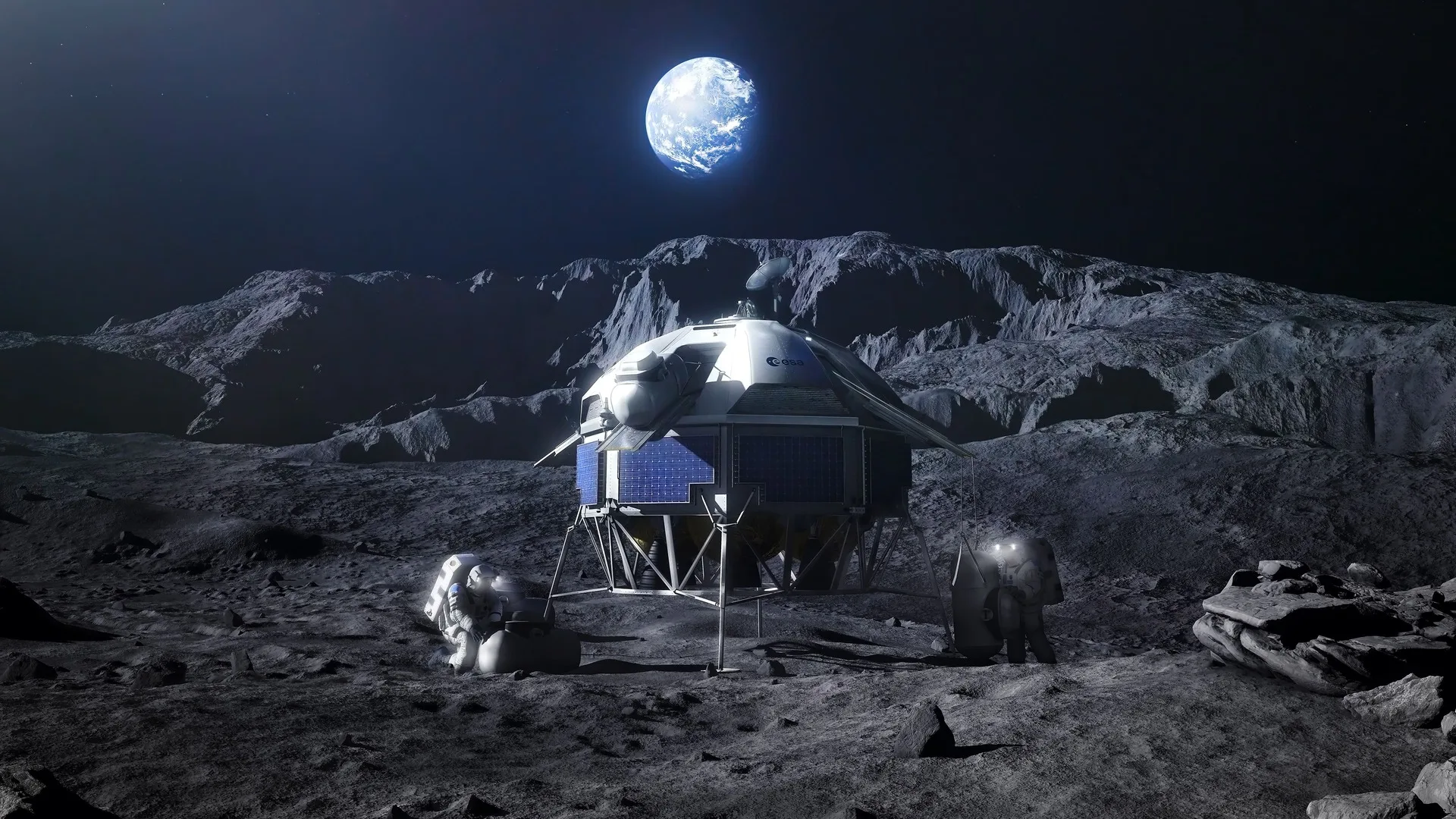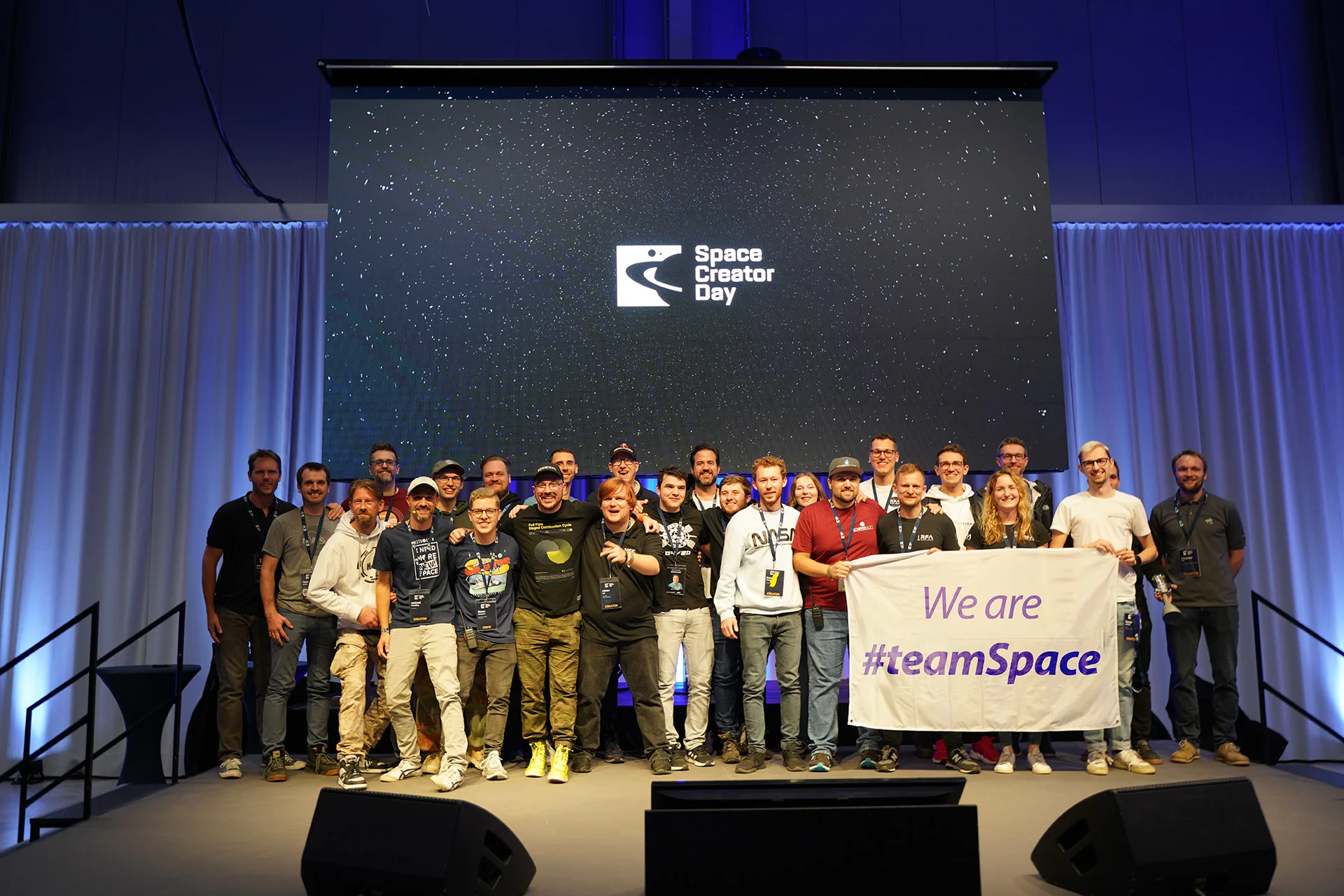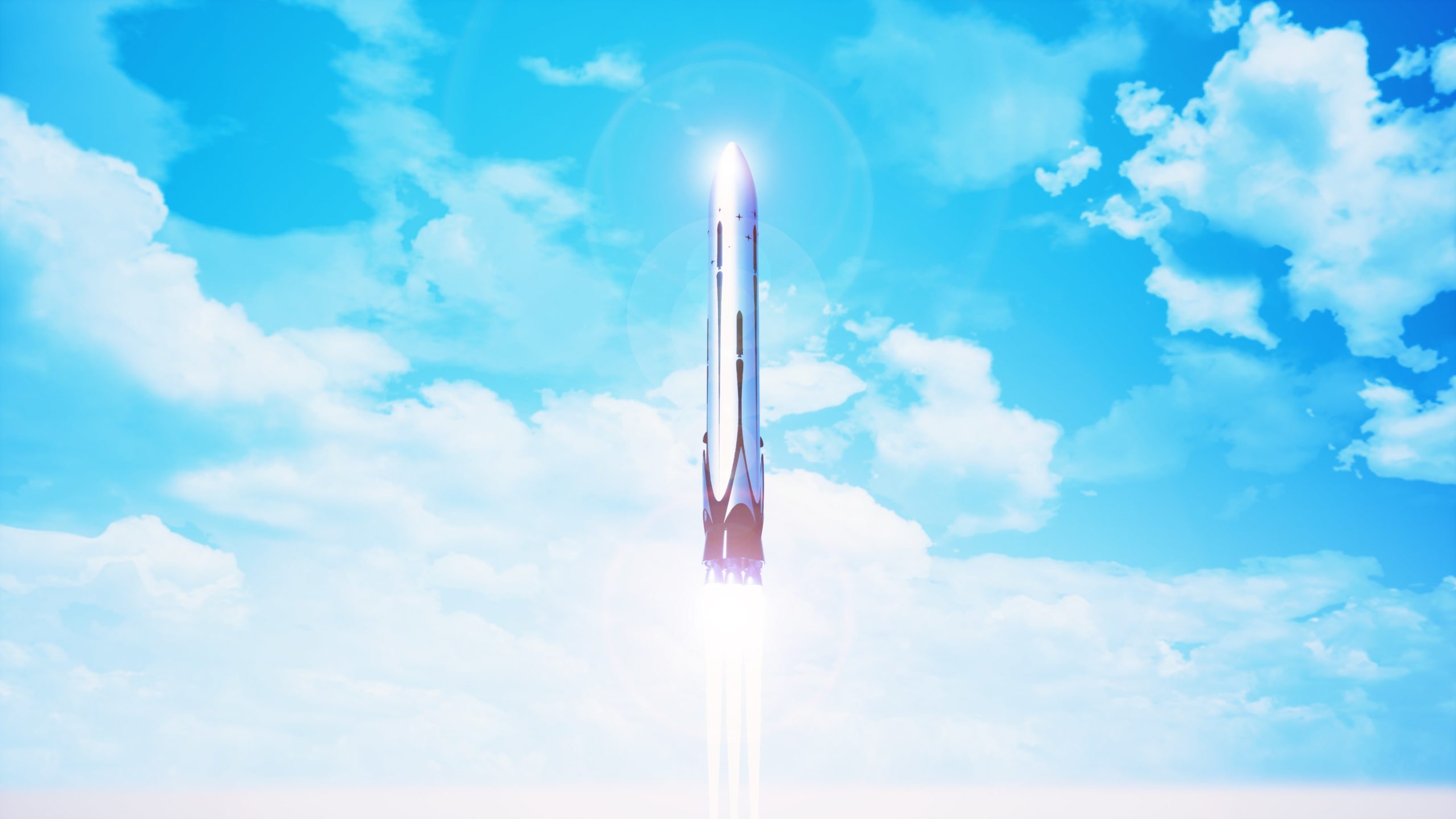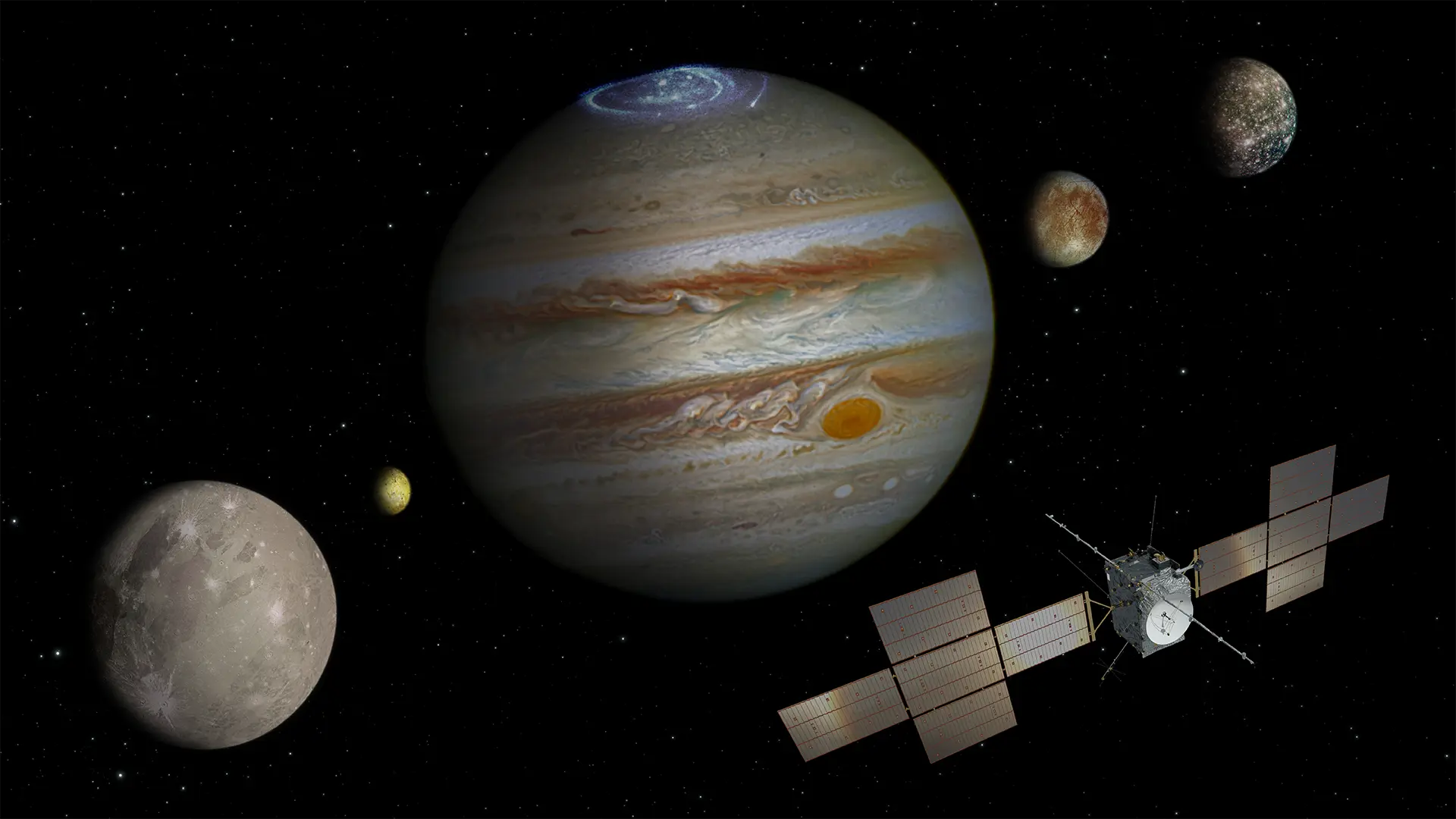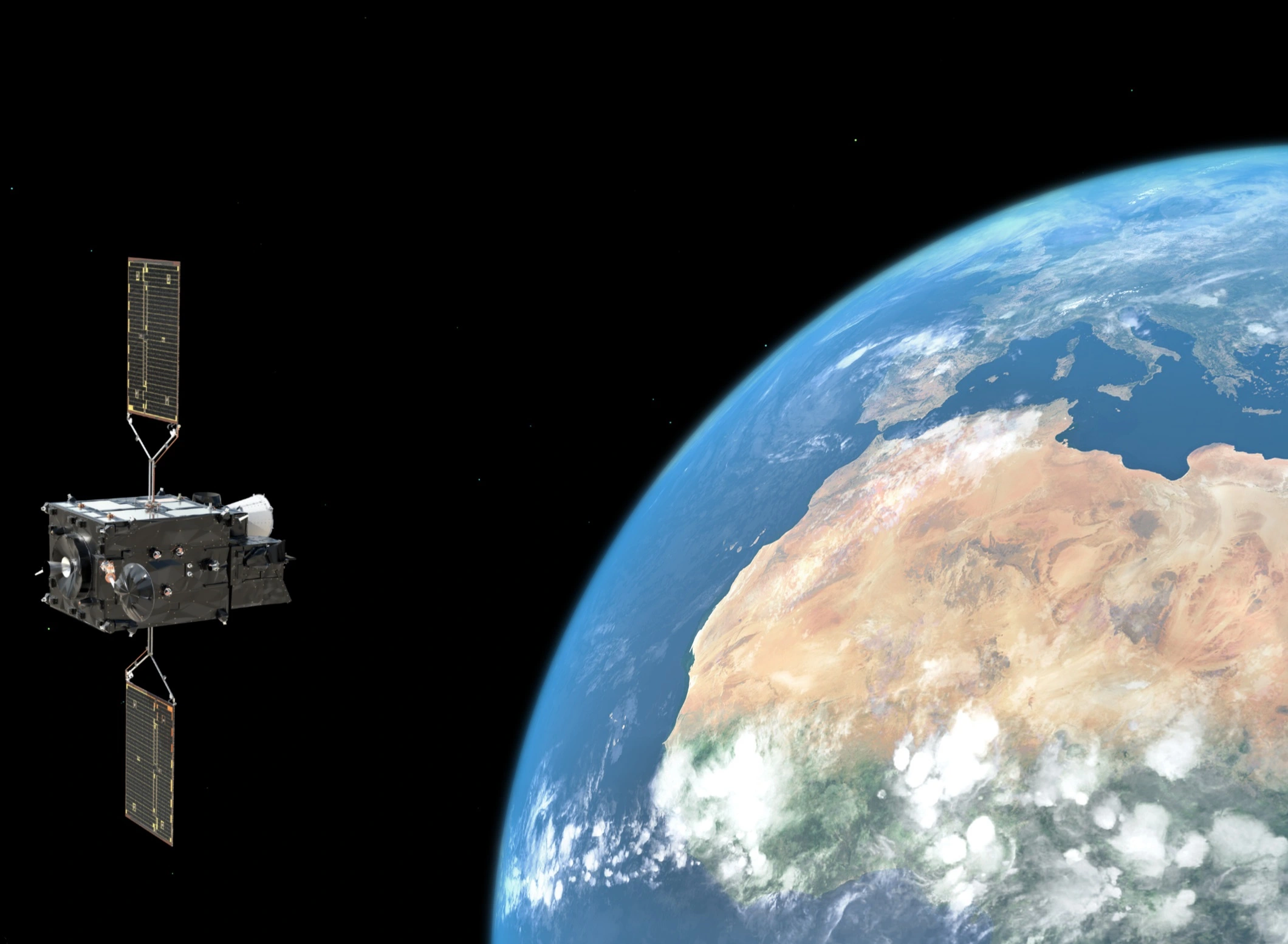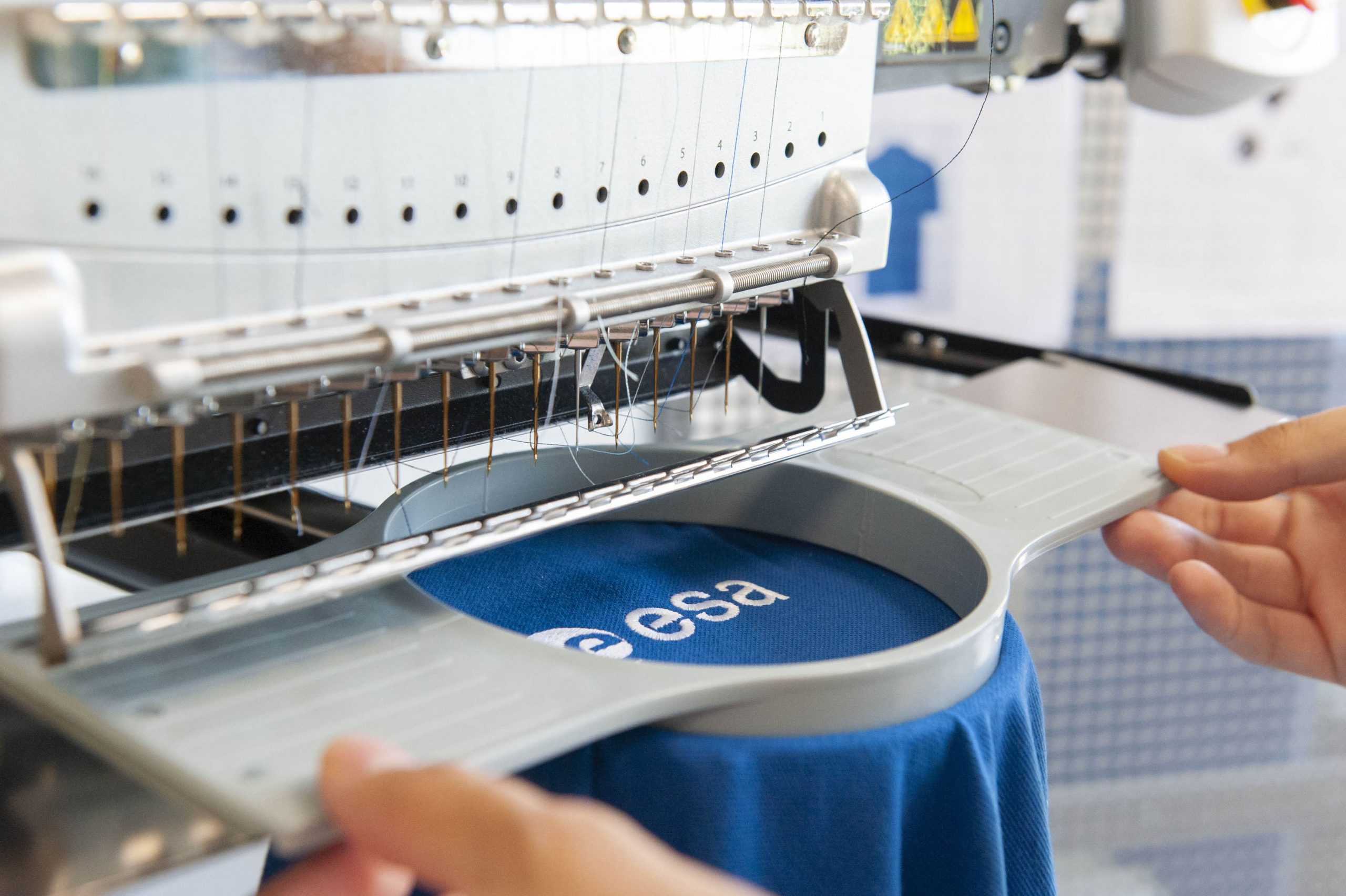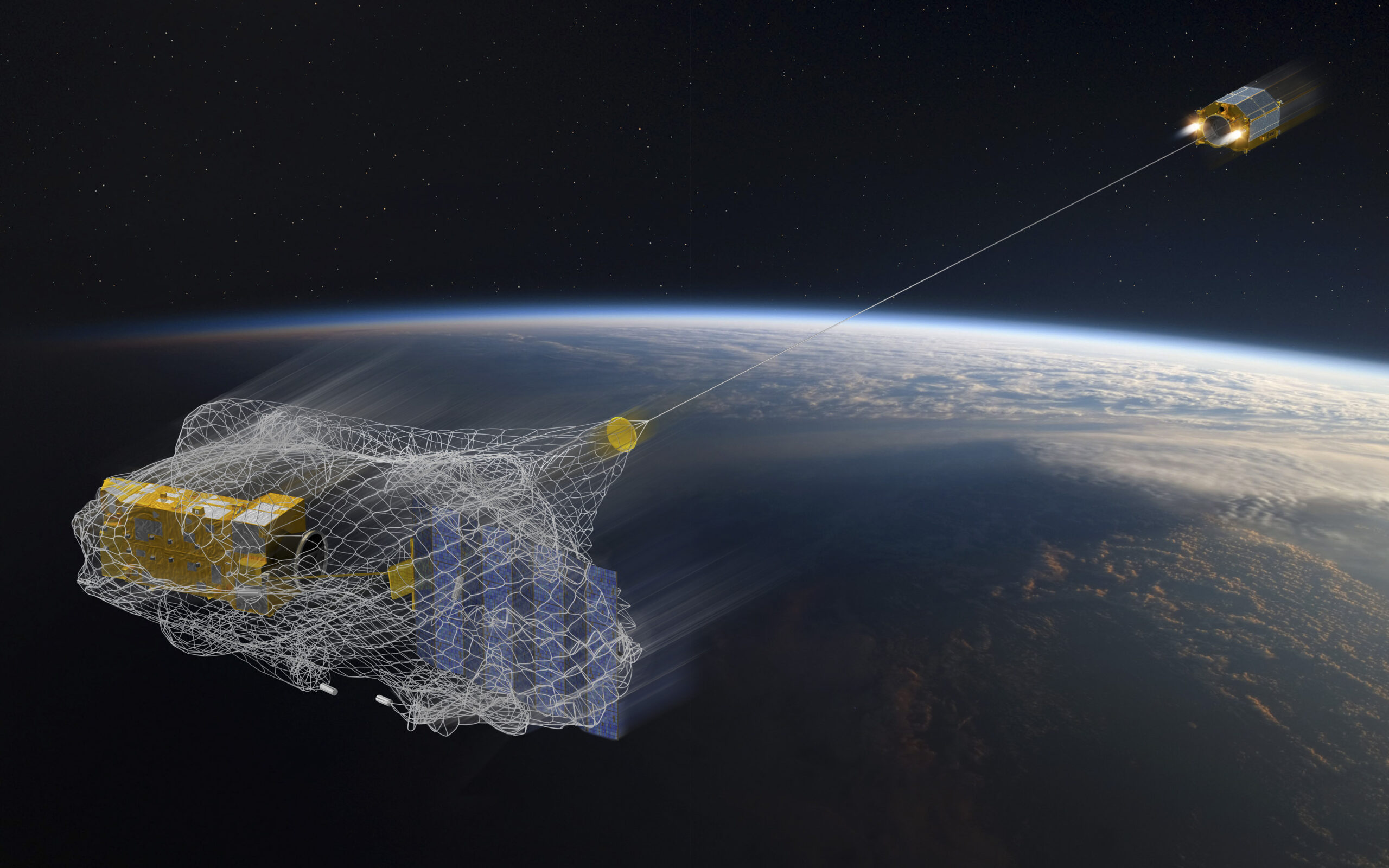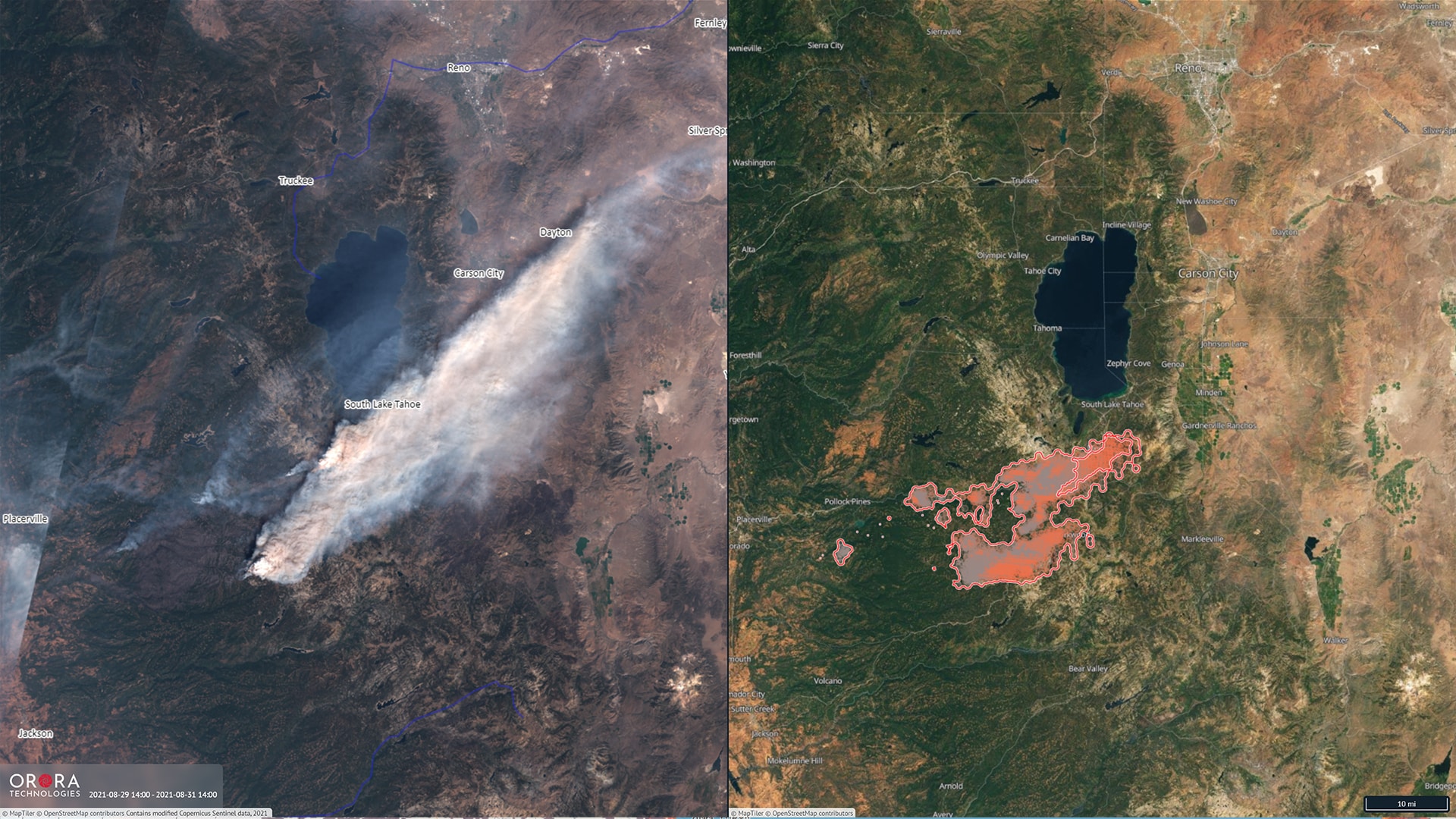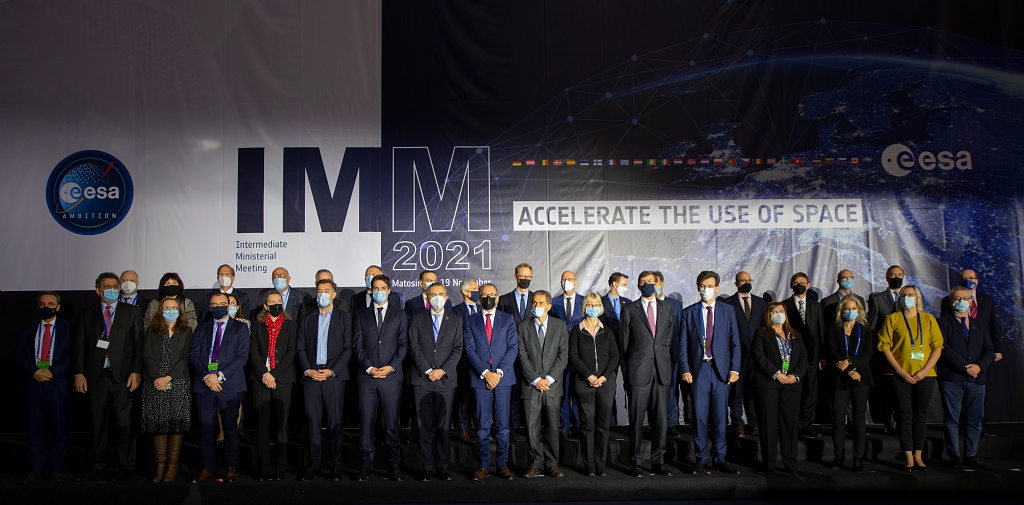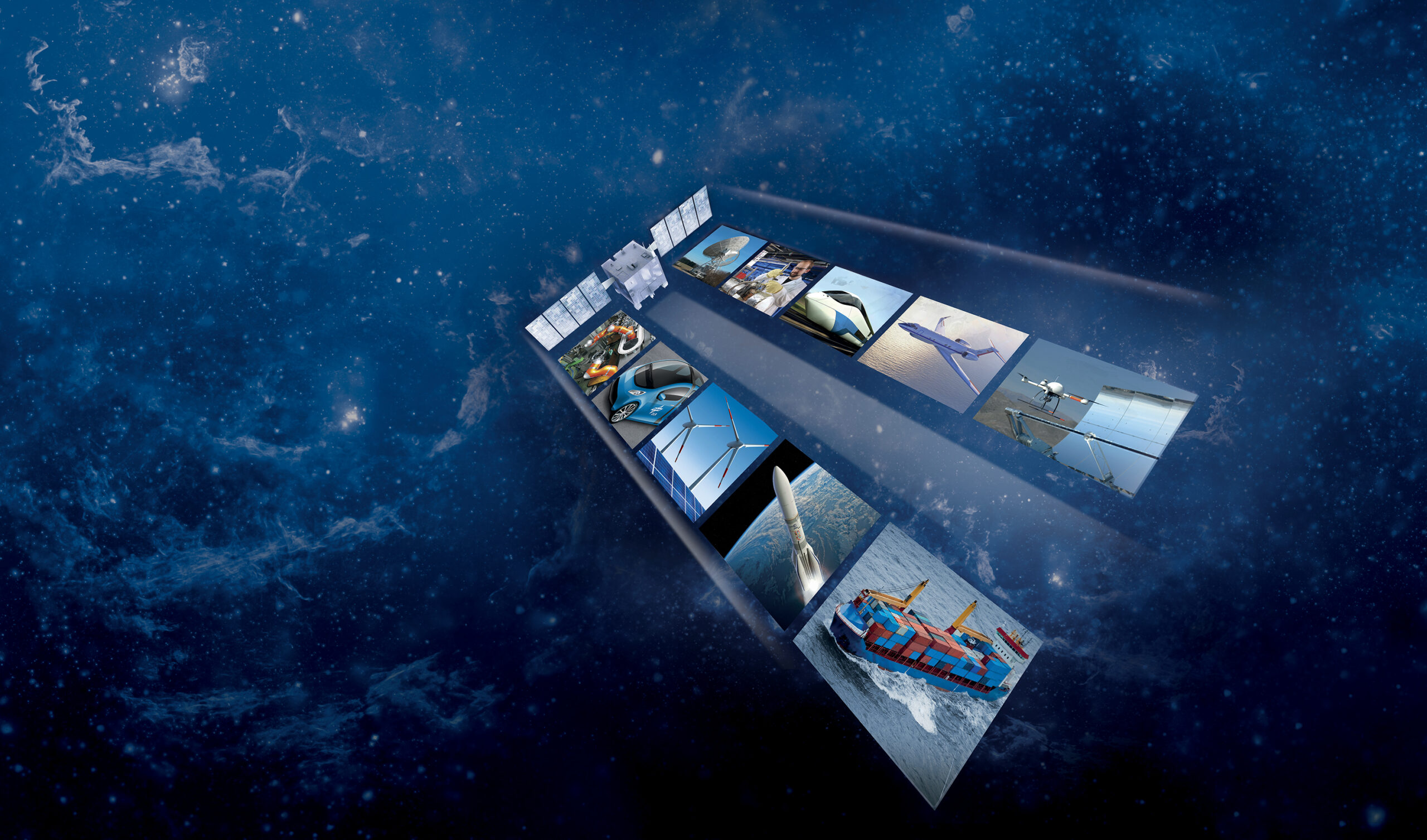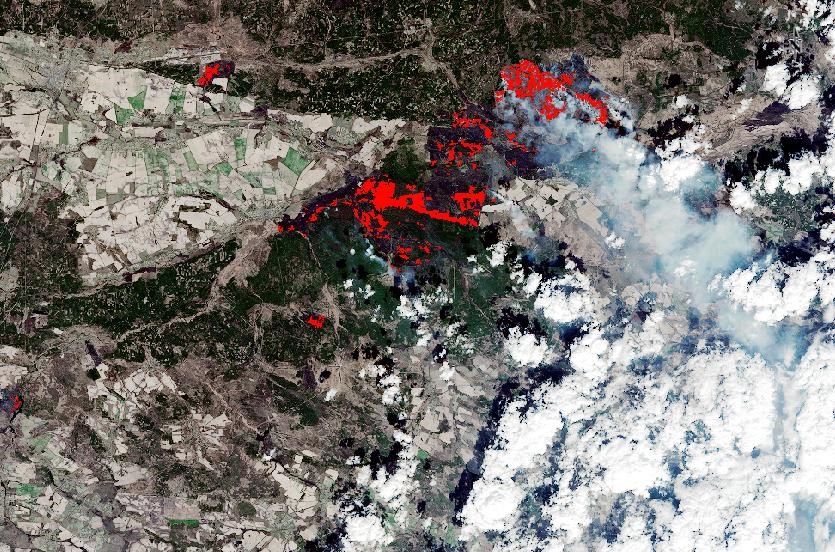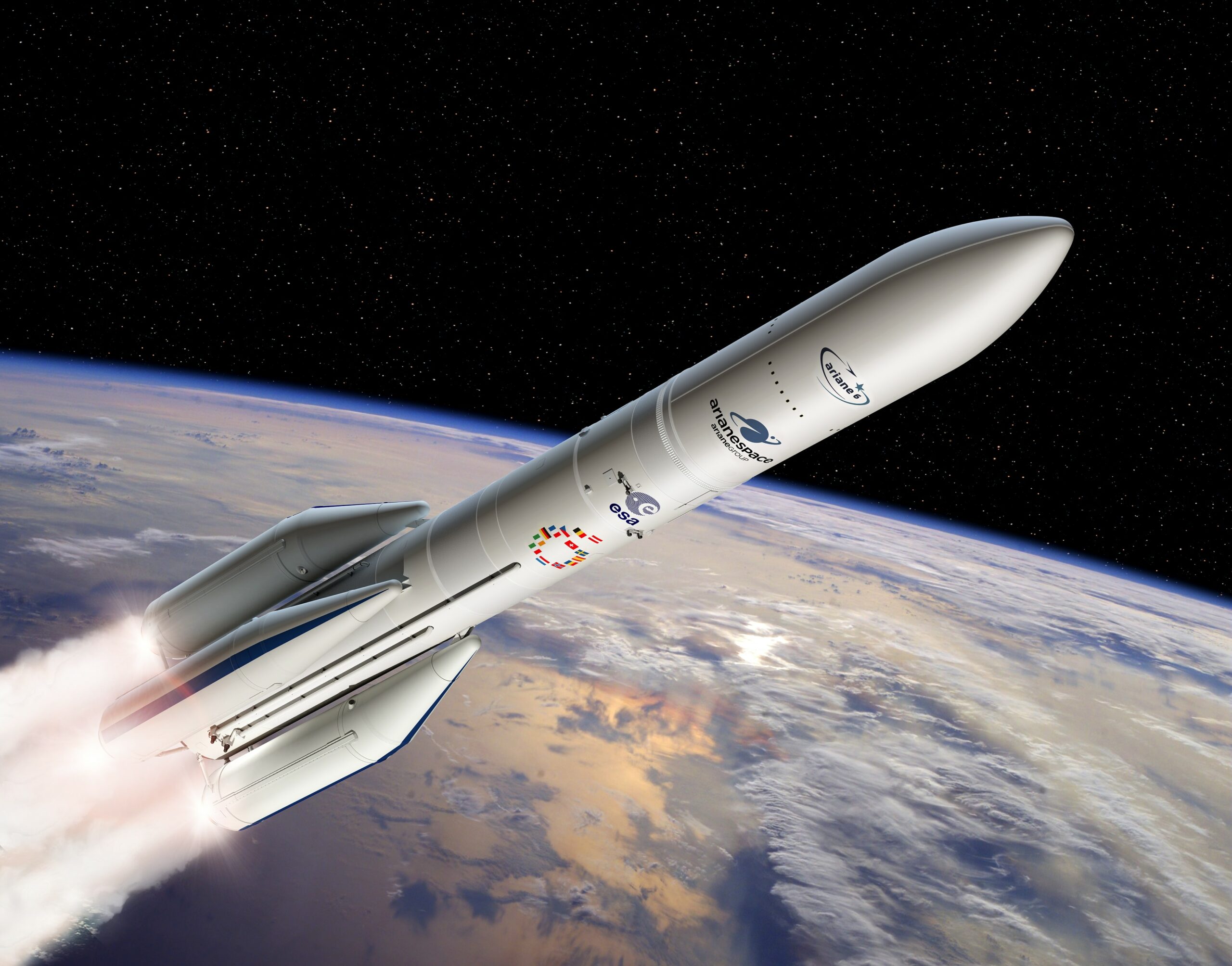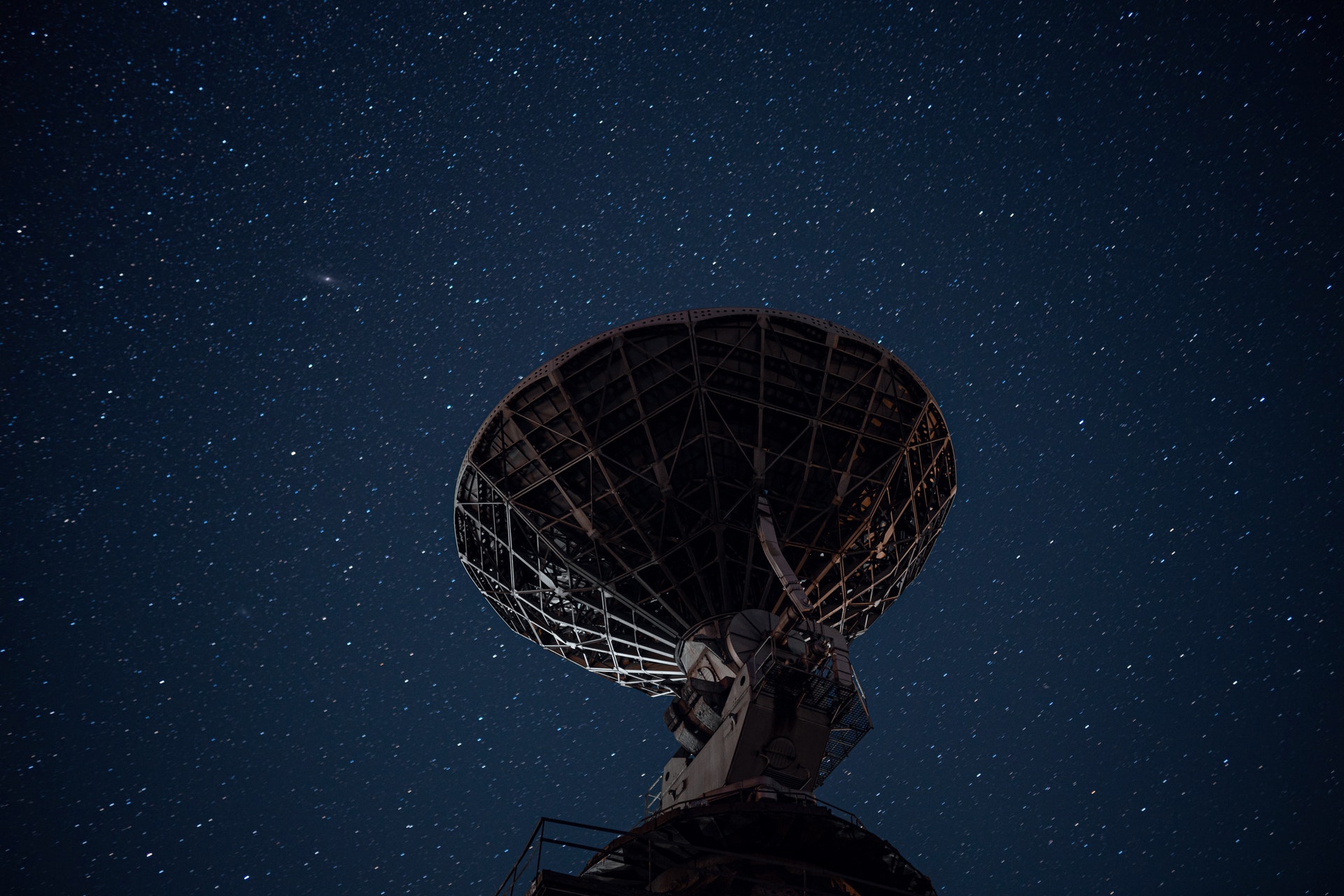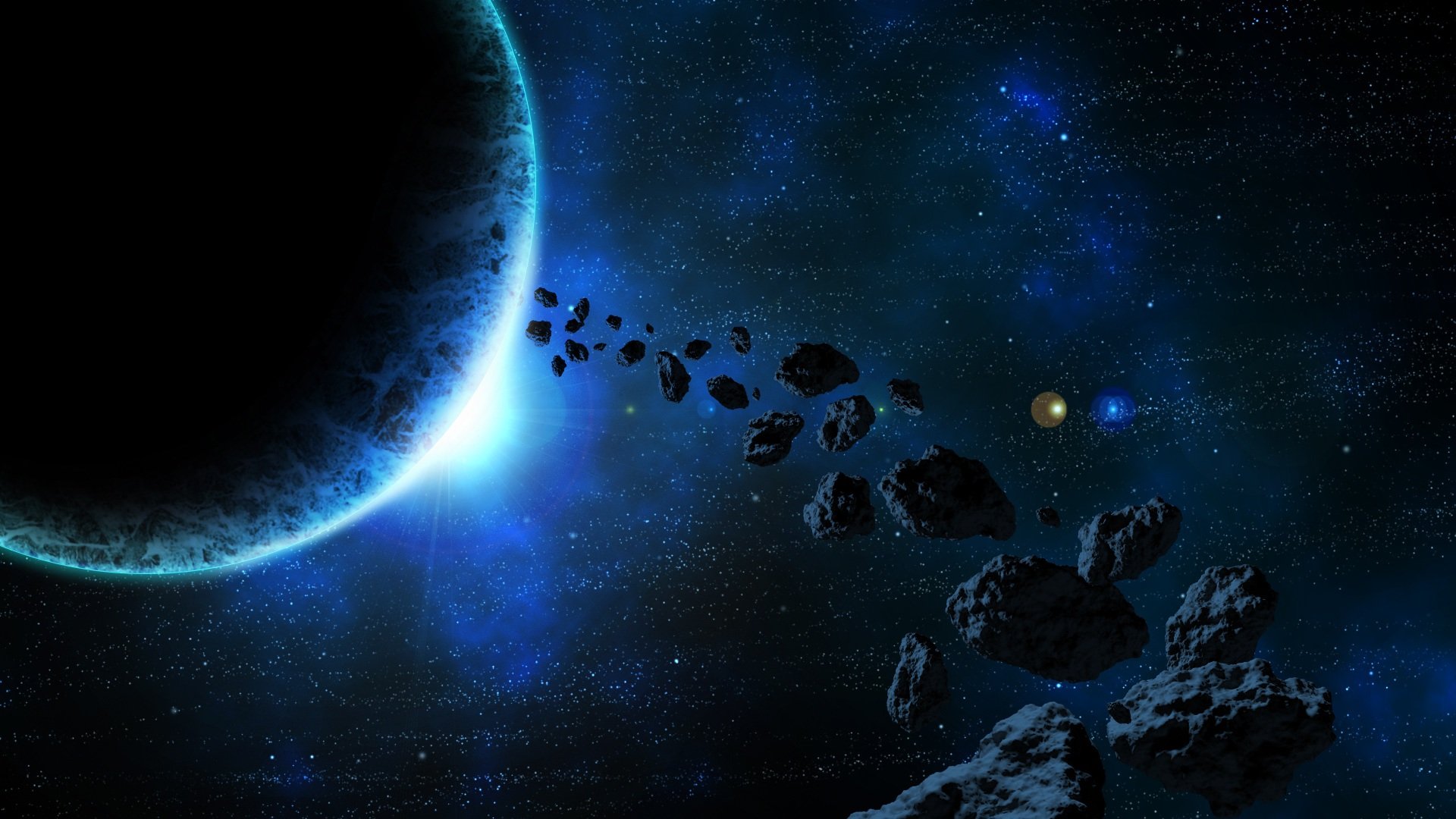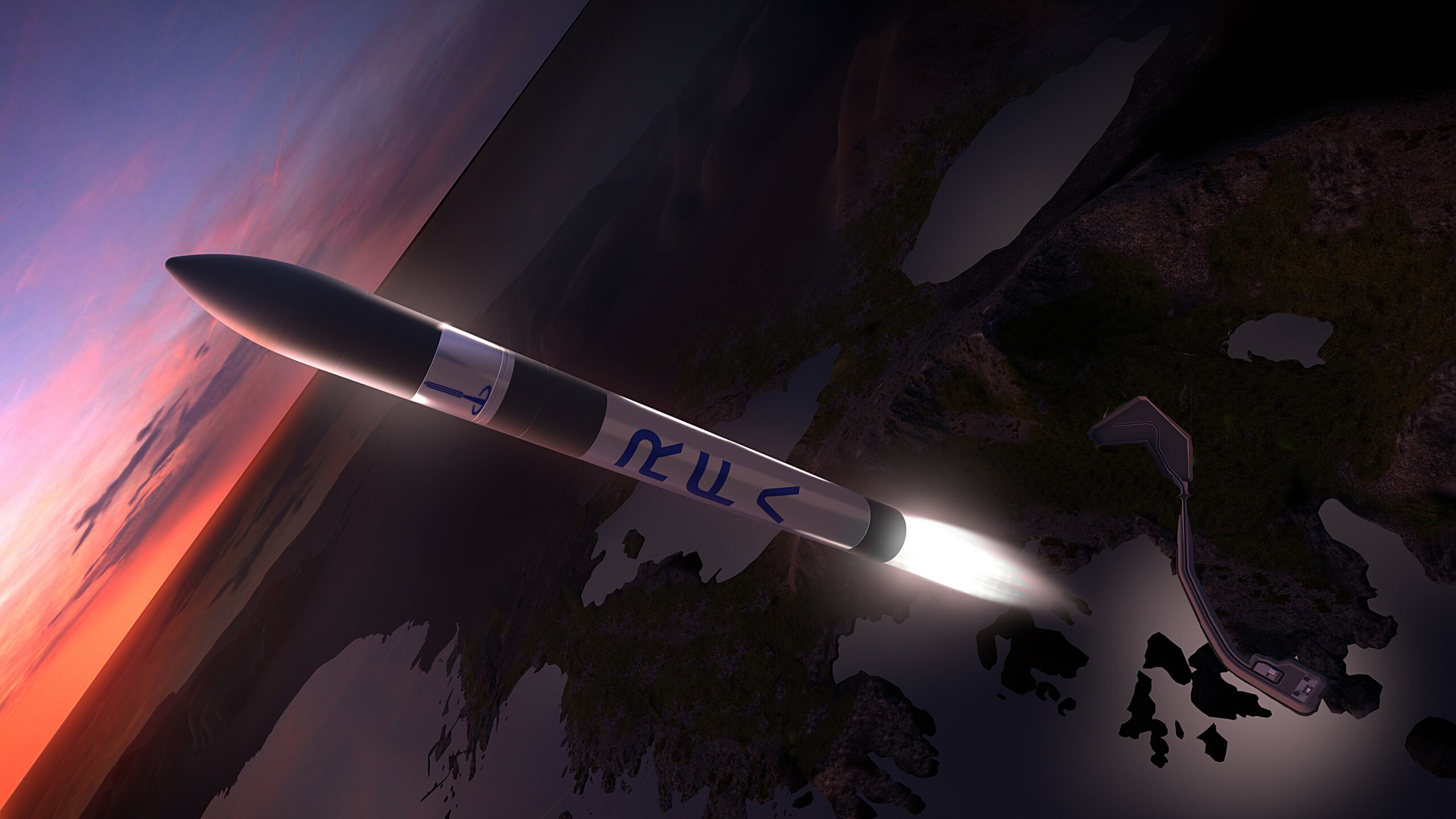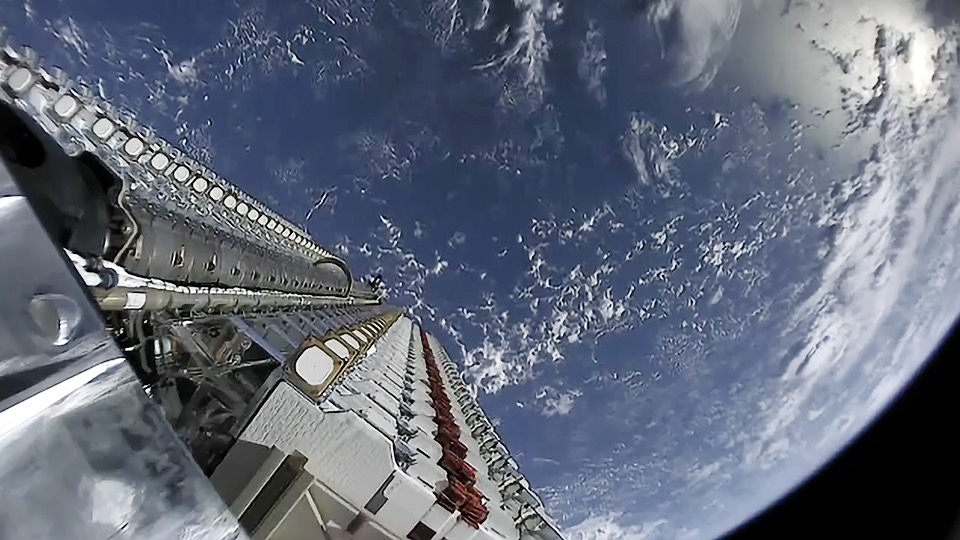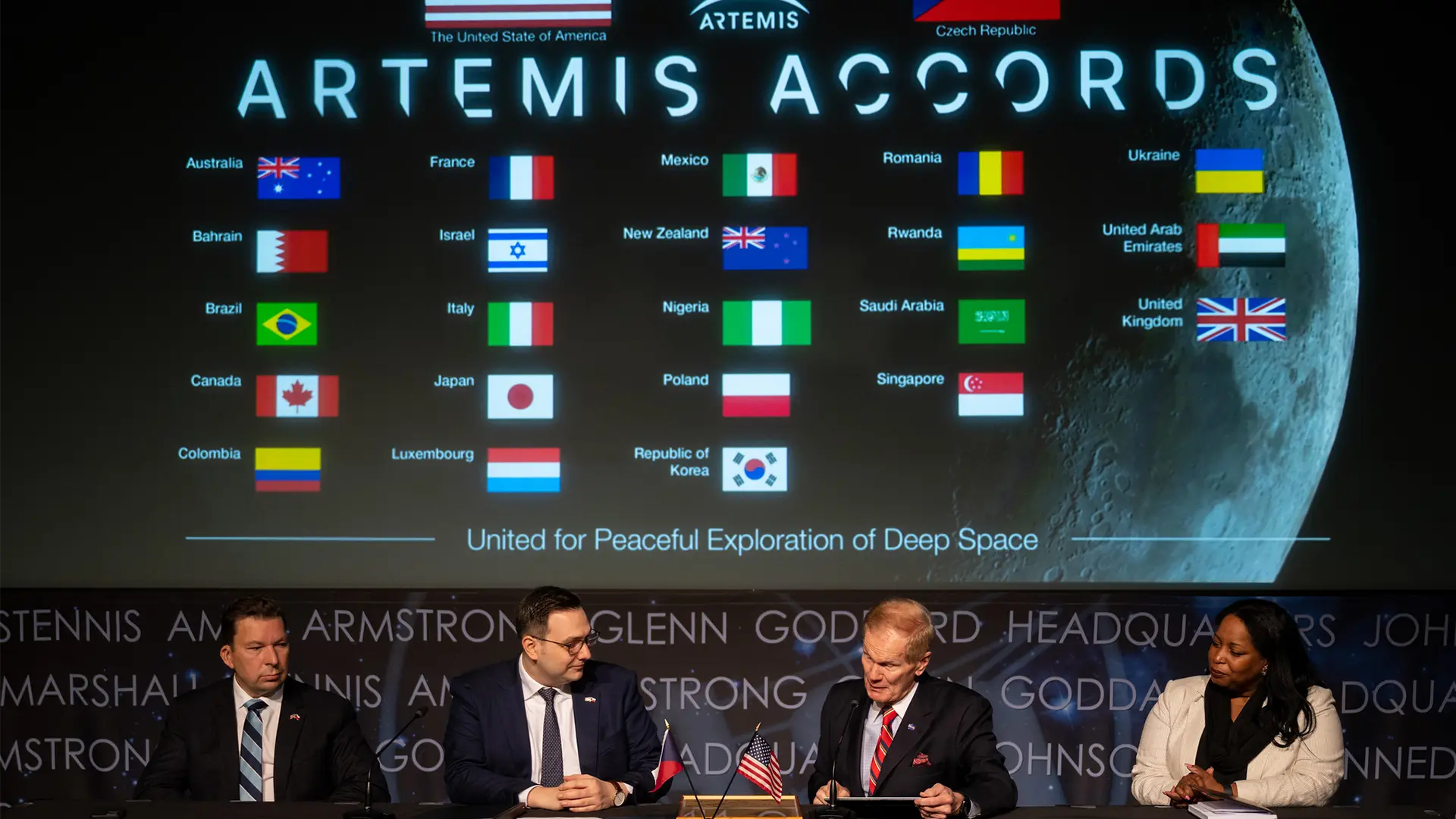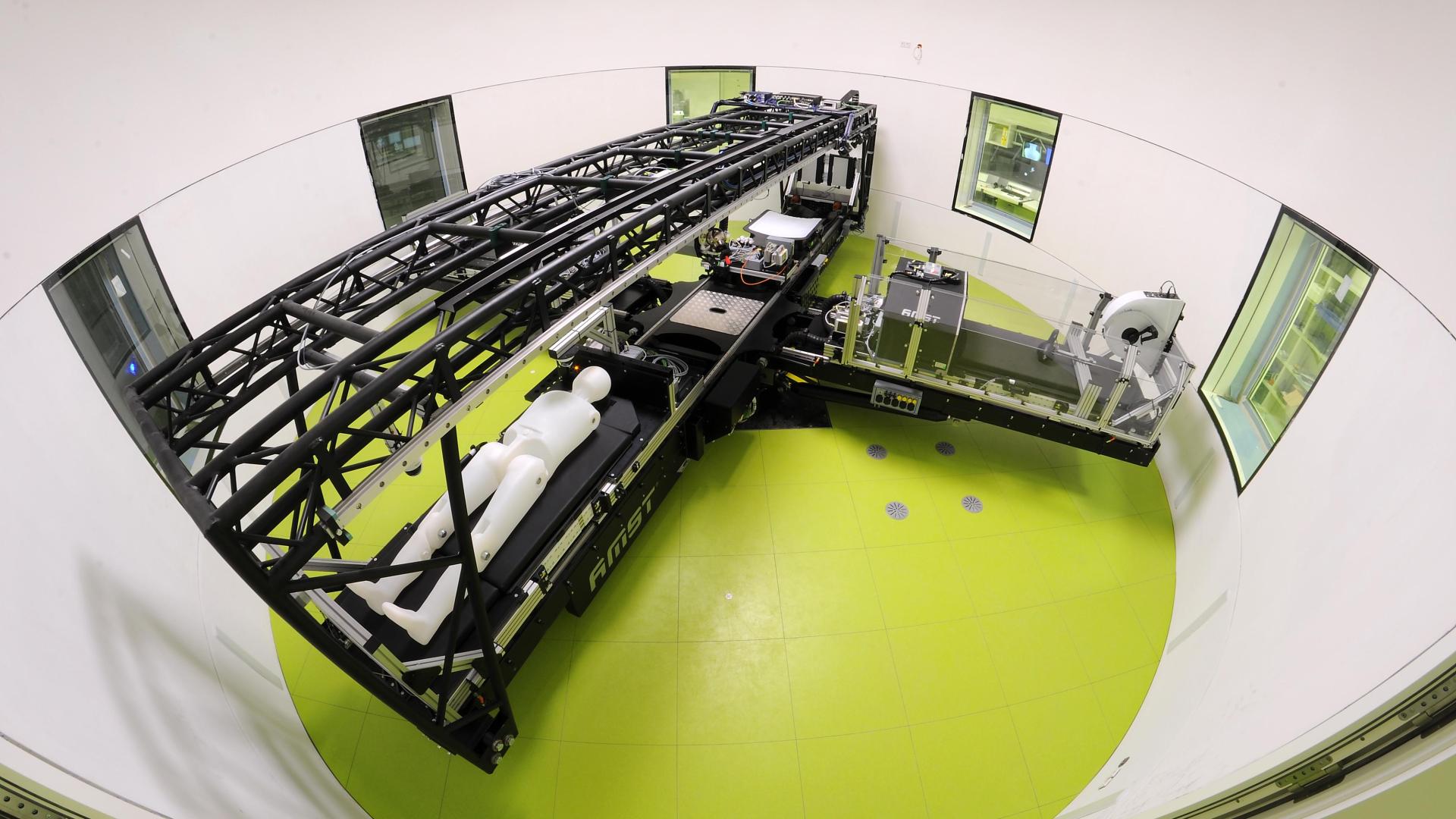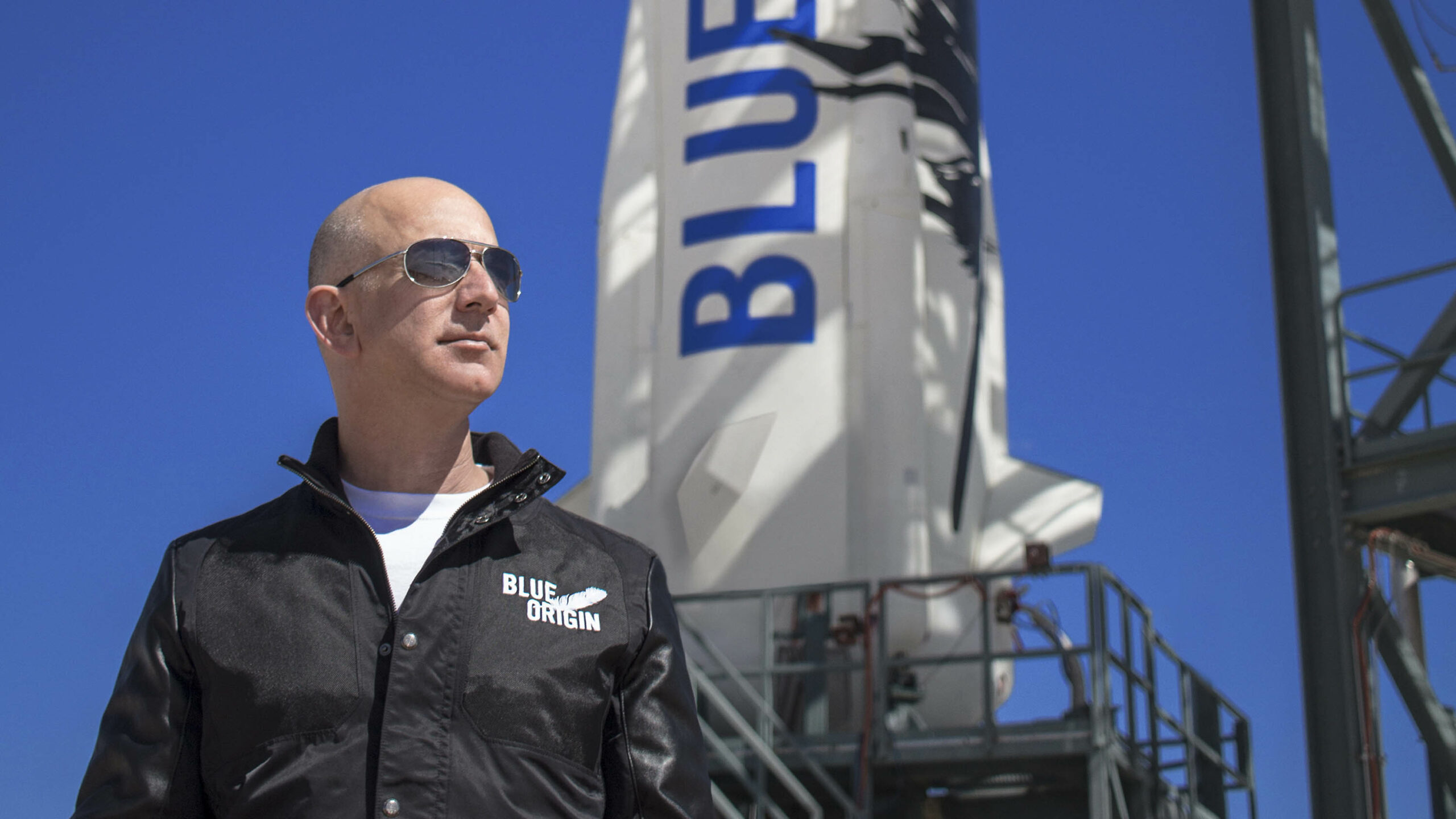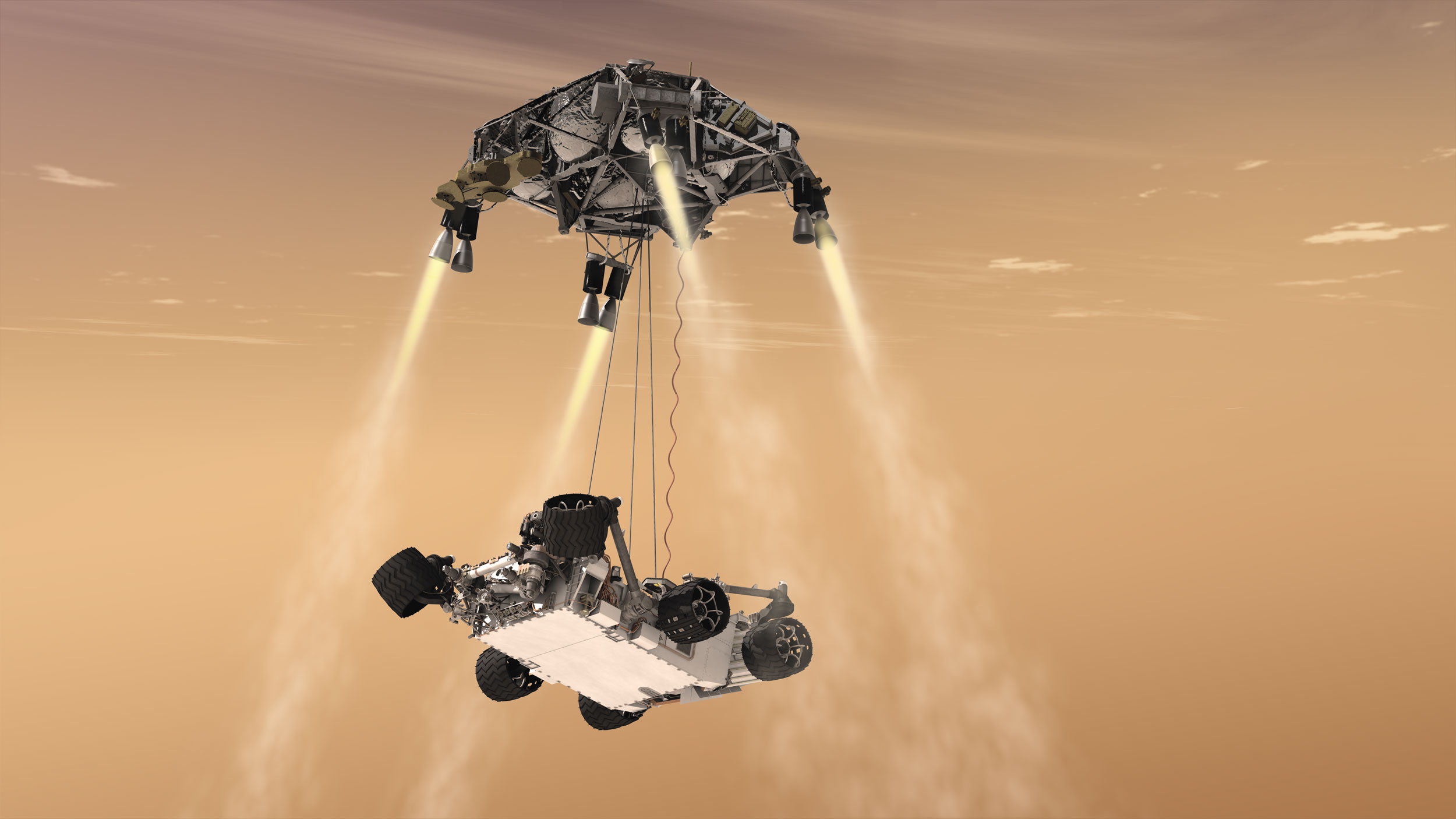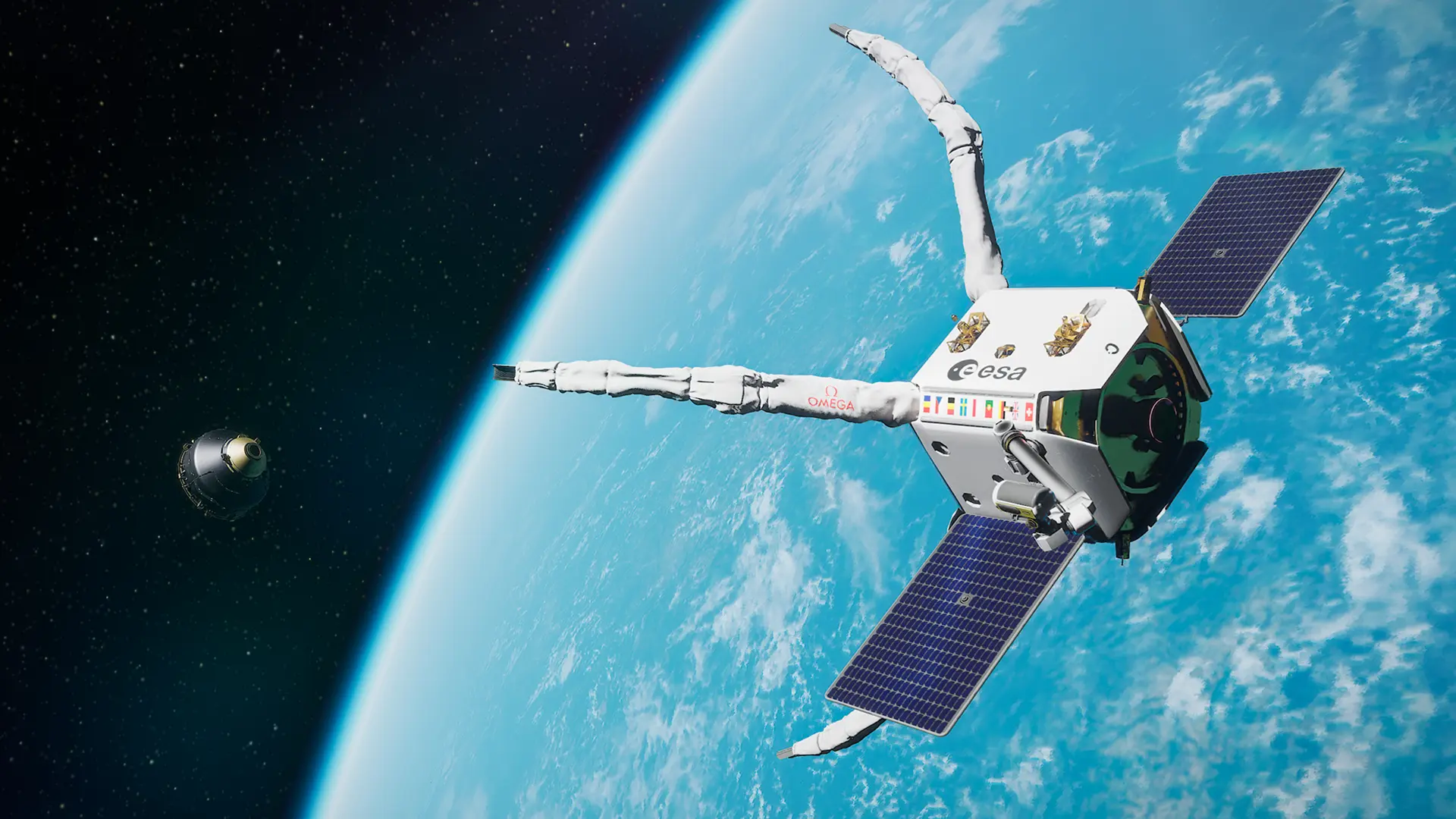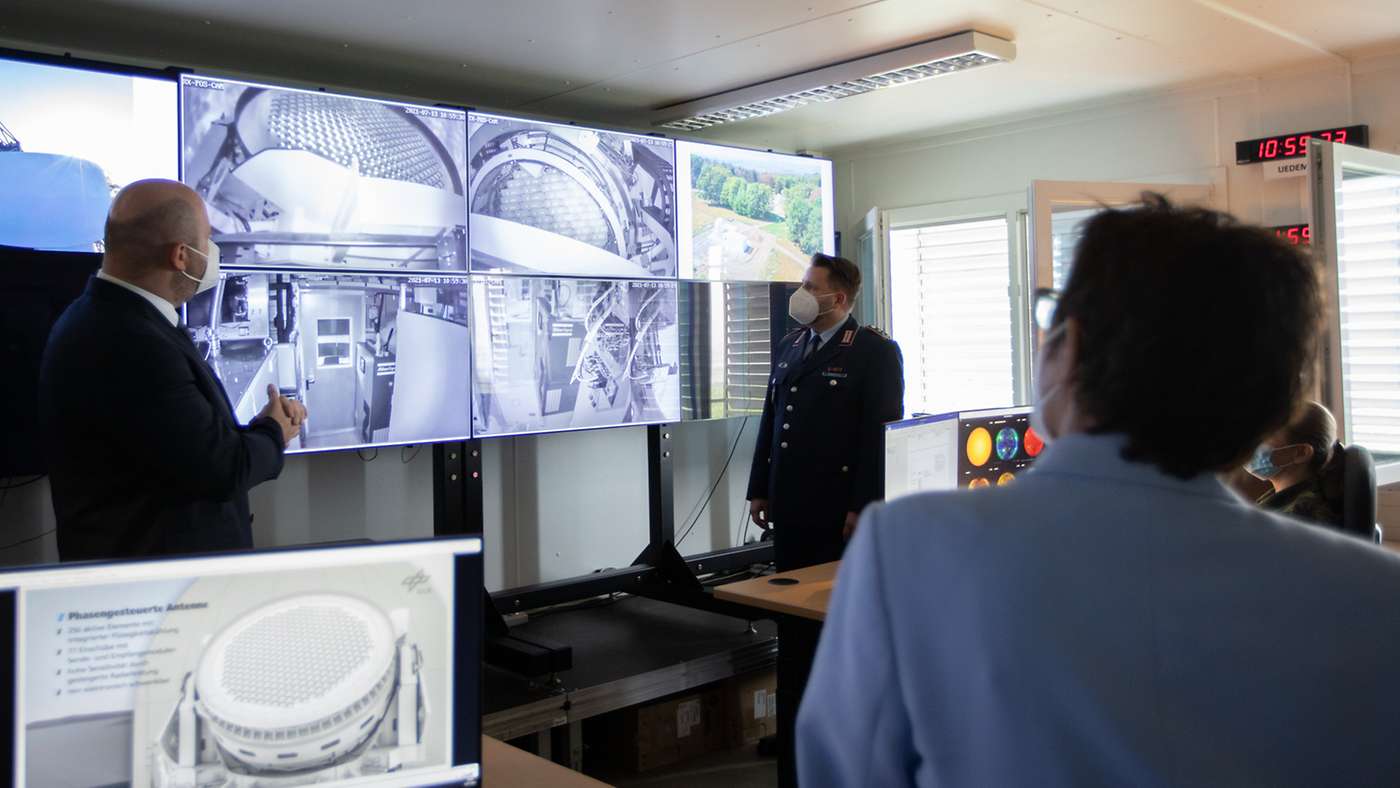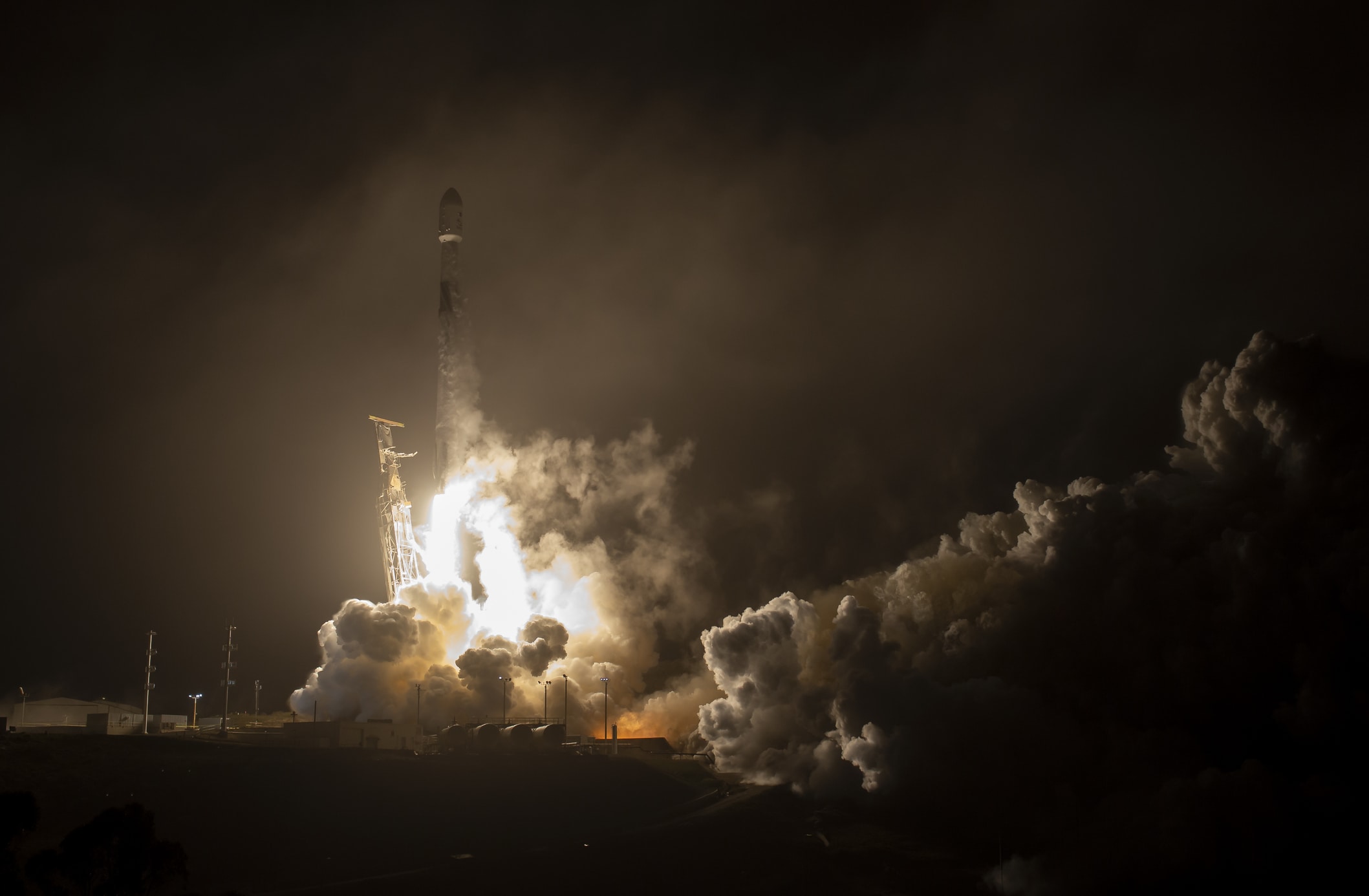
NASA launches DART mission
This Space News was published on Wed, 24.11.2021 – 23:45 CET, covering NASAThe mission launched from Vandenberg Space Force Base in California. On Nov. 24, 2021, at 07:21 a.m. CET (local time Tuesday, 10:21 p.m.), a Falcon 9 rocket (SpaceX) lifted off. It will take the DART (Double Asteroid Redirection Test) spacecraft to the double asteroid Didymos. Its trajectory does not pose a threat to Earth, but it is still interesting for a mission.
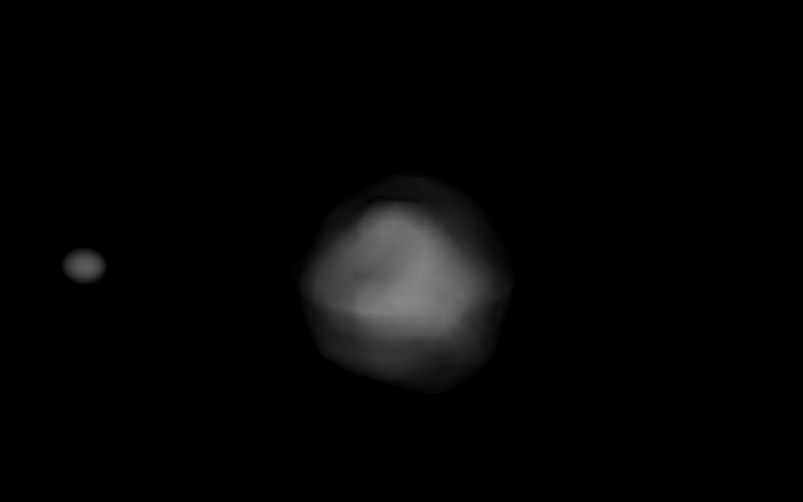
© Naidu et al., AIDA Workshop, 2016
Bus-sized spacecraft hits asteroid the size of the Pyramids of Giza
This is because the double asteroid consists of two pieces of rock of different sizes. Didymos, the larger of the two with a diameter of about 780 meters, is orbited by Dimorphos (160 meters, nicknamed Didymoon), a smaller companion. It is precisely this companion that the mission is targeting: With a targeted impact of the spacecraft, its orbit is to be slightly altered. However, it will be some time before this happens. The impact will not take place until the fall of 2022. At that time, the asteroid will be "only" eleven million kilometers from Earth. If everything works out, Dimorphos will then orbit Didymos about 10 minutes faster.
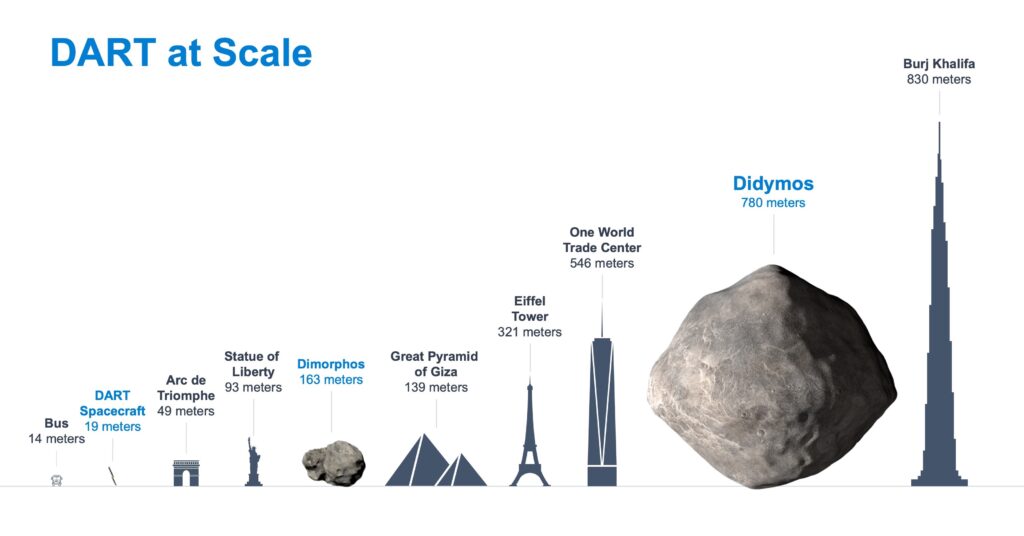
Collaboration between NASA and ESA: After DART comes HERA
The 290 million euro mission is the first part of the AIDA (Asteroid Impact Deflection Assessment) collaboration between NASA and ESA. ESA's HERA follow-on mission is scheduled to launch to the double asteroid in 2024 and arrive in 2026. Its mission will then be to study the effects of the impact. For this purpose, it will carry two cubesats, which will also be used to analyze the asteroid's composition. According to Patrick Michel, the lead scientist of the HERA mission, at least one Cubesat should land on Dimorphos. But due to its small size, this is not an easy undertaking.
The asteroid's gravity is about one millionth of Earth's, with an estimated escape velocity of only 6 cm per second. So one of the dangers is that the CubeSat will simply bounce off and be thrown back into space.
Patrick Michel, Senior Scientist Mission HERA
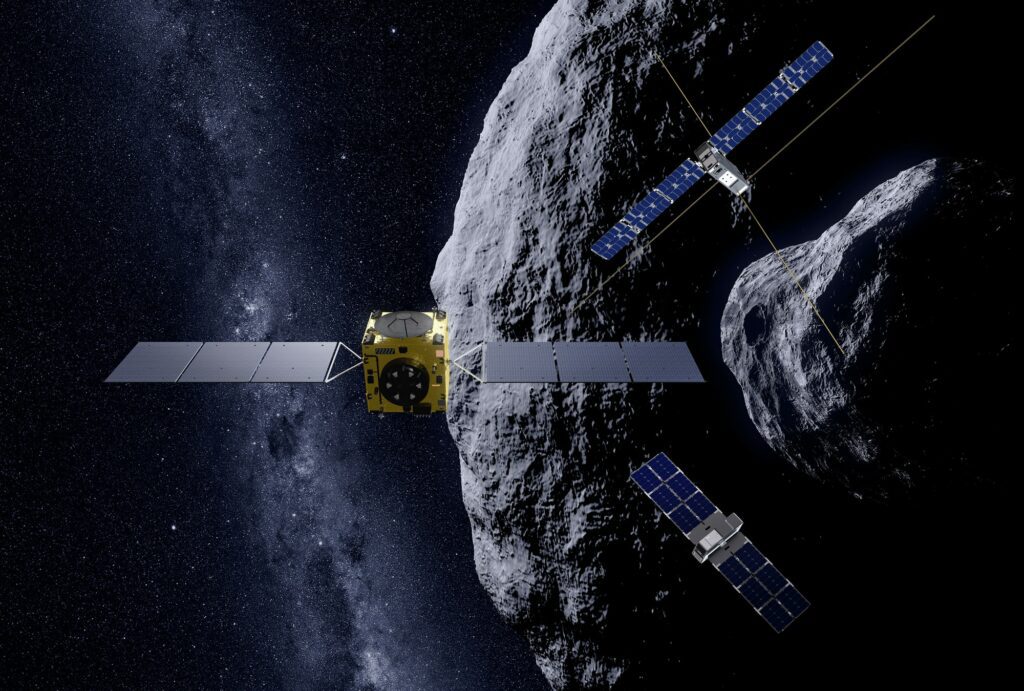
© ESA/Science Office
The HERA mission will cost a total of 129 million euros. Germany is contributing nearly half of this. However, this money will be returned in the form of orders. The spacecraft is being built under the management of OHB, while the mission is being monitored by ESOC (European Space Operations Centre) in Darmstadt. The technical model of the precision guidance, navigation and control system, on the other hand, comes from Spain, the Juventas radar from the Netherlands. A total of 17 ESA member states are participating in the mission.
Science fiction becomes breathtaking science
In 1998, Bruce Willis was still launching space shuttles into space to finish off an asteroid on a collision course. The weapon back then: nuclear bombs. Today, there are no more space shuttles and putting nuclear warheads into space is basically a bad idea. But even if Hollywood has clearly overstated such a mission, it shows today that it is possible. And should the DART mission succeed, it would be the first time in history that humans have influenced the orbit of a celestial body. Even if the deflection is only small, we would at least have the chance to take an effective countermeasure against an impending asteroid impact. That in this case attack is the better defense is shown by the consequences of the Chicxulub, Tunguska and Chelyabinsk asteroids.
